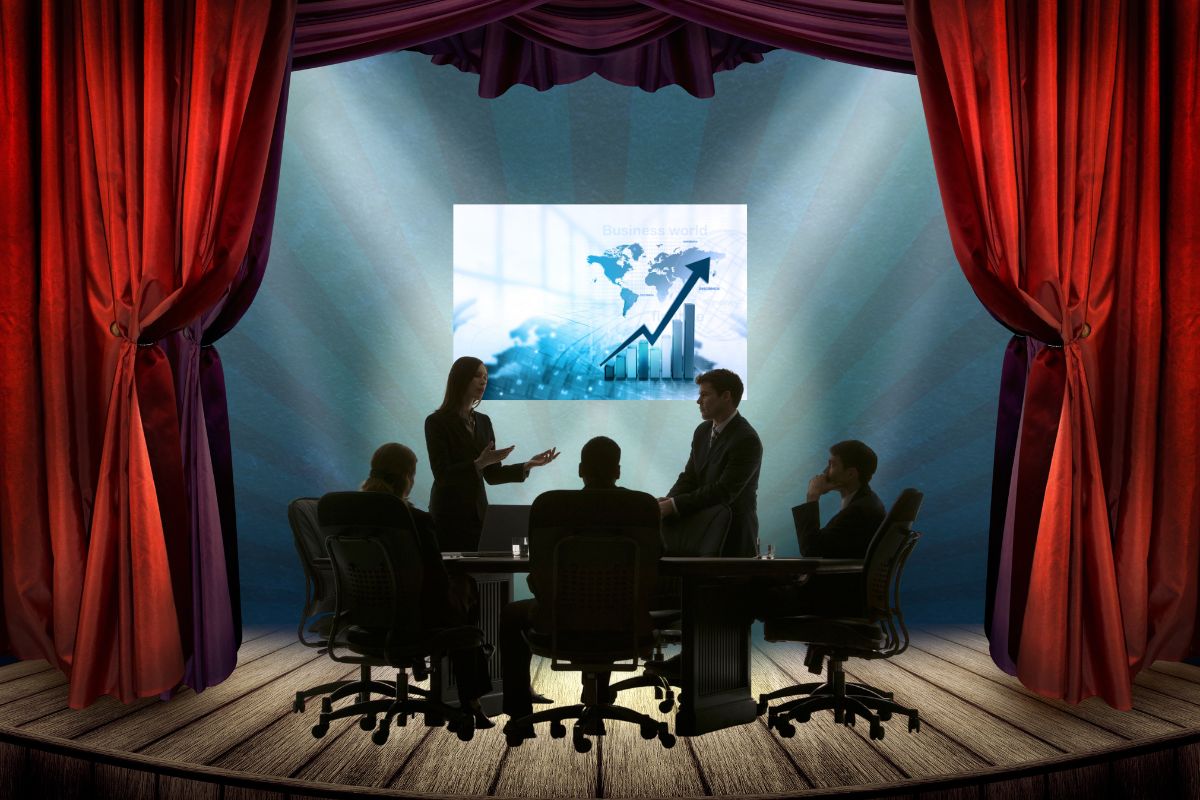One of the hardest leadership missteps to unlearn is the tendency to move too quickly toward solutions.
We see a problem and want it resolved immediately.
A question arises and we need an answer, fast!
But reacting to a situation before it is better understood places us at risk of missing critical context, which can lead us to make preventable mistakes.
When we move too quickly towards solutions, we’re at risk of a few things:
- Offering a solution to the wrong problem
- Moving forward with the wrong solution to the right problem
- Solving the right problem with the right solution but without bringing your team along
Why is it so hard to resist jumping right into solutions? There’s something really challenging about not moving forward. As leaders, we crave action and it’s hard to keep in mind that stillness isn’t the same as being stuck, and that not everything needs to happen immediately.
A lot of leadership — particularly in complex organizations—is about staying in the space of the undefined, and yet I still struggle when I’m confronted with uncertainty! It’s a lesson I need to reconnect with on a regular basis and a challenge that I’ve confronted with varied levels of success throughout my career.
If you recognize a tendency to move too quickly toward solutions in your own complex organizations, or if you are part of a team that struggles with patience when faced with uncertainty, check out my video:
Many Leaders Move too Quickly Toward Solutions
In it, I share about a recent situation where I failed to heed my own advice, what it cost me, and what I recommend to fellow leaders when it comes to digging deeper instead of jumping straight to solutions.
If you want to avoid more missteps in your leadership journey, check out my free guide: Three Mistakes Leaders Make with Change. I developed this guide to help the leaders I work with create better influence, work effectively with resistance they encounter from the team members and stakeholders, and identify pitfalls that prevent them from co-creating better solutions to complex problems. It’s a really valuable read that I believe will help you start to identify patterns that are keeping your change effort stalled.






